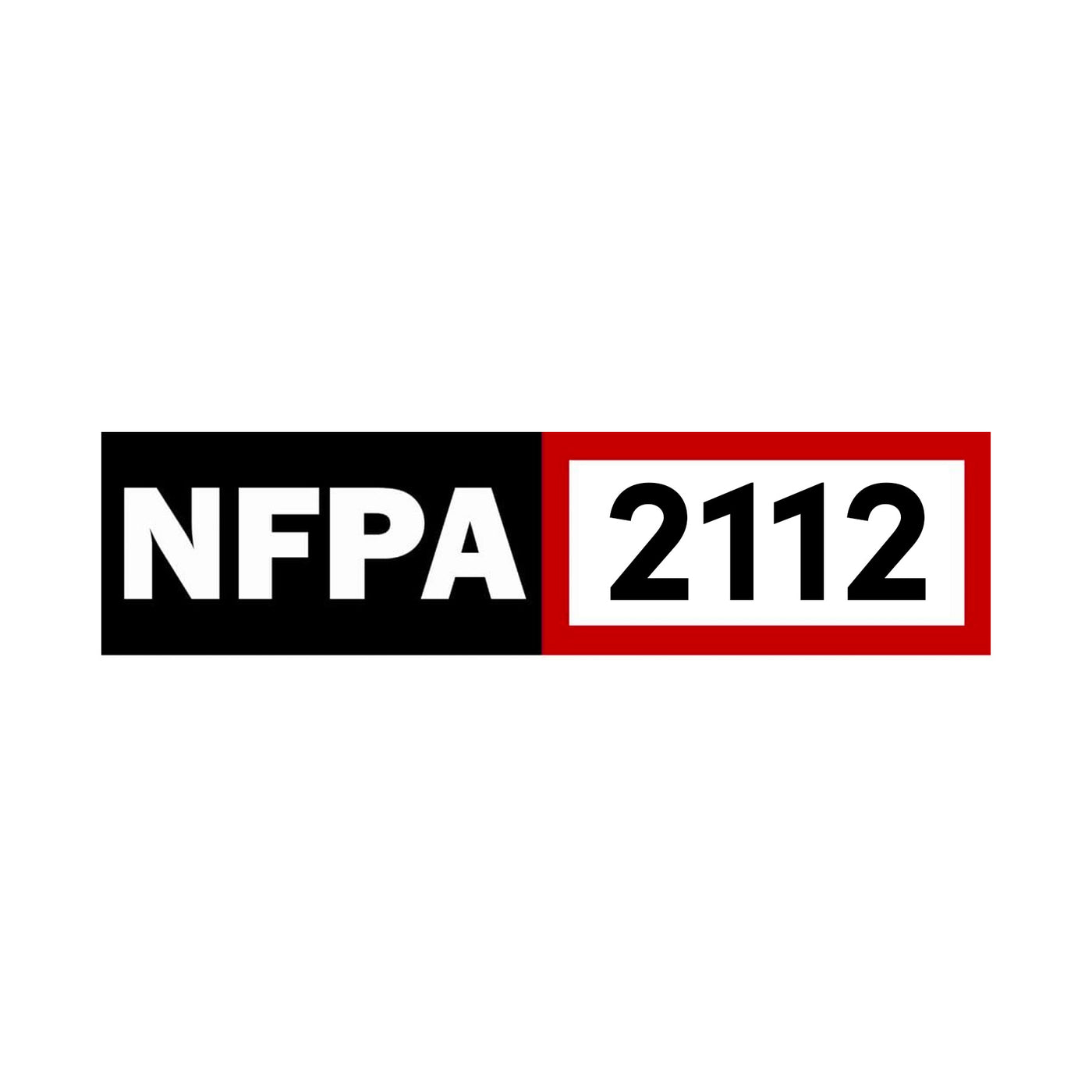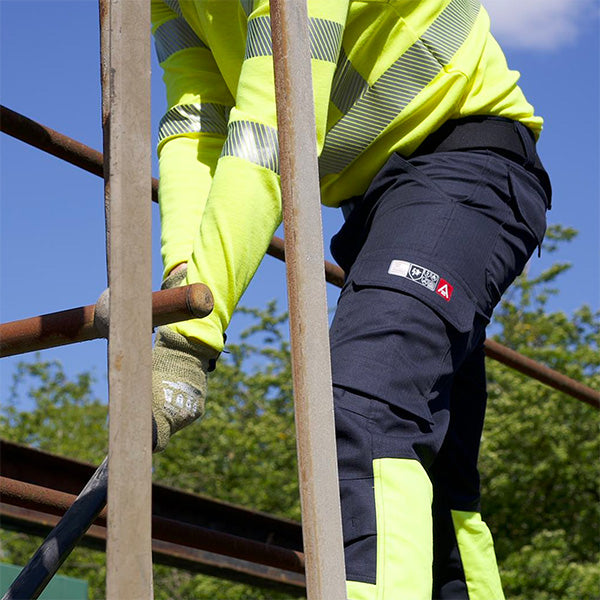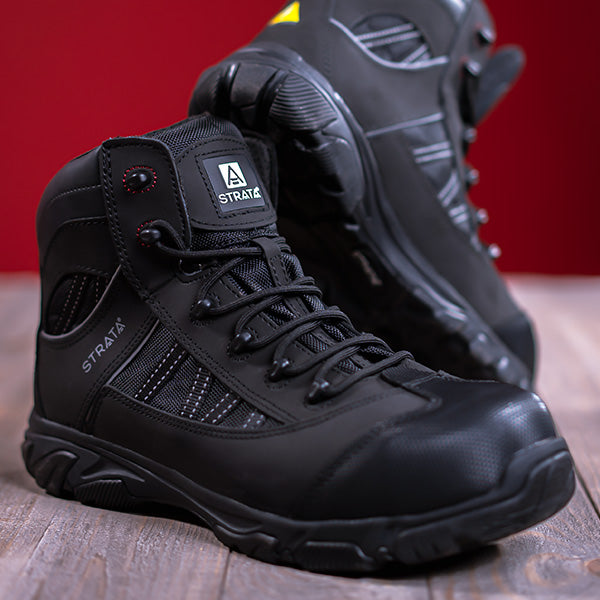NFPA 2112: USA Flame Retardant Flash Fire Standard
NFPA 2112 Standard on Garments for Protection of Industrial Personnel Against Flash Fire is a widely recognized standard specification for evaluating flame-resistant clothing. This standard provides guidelines and testing methods to ensure the effectiveness of garments in protecting workers from flash fire hazards. It is particularly relevant to industries such as oil and gas, petrochemical, and utilities, where workers may be exposed to potential flash fire incidents. This informative page aims to provide an overview of NFPA 2112, including its scope, certification programs, and testing methods.

Scope of NFPA 2112
NFPA 2112 establishes the minimum performance requirements and test methods for flame-resistant garments intended to protect industrial personnel against flash fire hazards. The standard specifies criteria for the design, construction, performance, and labelling of these garments. It covers various types of clothing items, including shirts, pants, coveralls, jackets, and other outerwear.
Inclusion of Gloves, Shrouds, Hoods, and Balaclavas
In the most recent edition of NFPA 2112, the scope has been expanded to include additional protective items. Gloves, shrouds, hoods, and balaclavas are now covered by the standard. This update recognizes the importance of providing comprehensive protection to workers in high-risk environments.
Certification Programs
To ensure compliance with NFPA 2112, certification programs are available for garments, gloves, shrouds, hoods, and balaclavas. These programs involve testing and evaluation conducted by qualified third-party certification bodies. The certification process verifies that the products meet the performance requirements outlined in the standard. Notably, certification is essential for garments used in the oil and gas industry, as it is cited by the Occupational Safety and Health Administration (OSHA).
Third-Party Certification
NFPA 2112 requires third-party certification for labeling compliance. This means that testing and audits must be conducted by an ISO 17065-accredited certification body. The involvement of independent certifying bodies ensures the integrity and reliability of the certification process. Compliance with NFPA 2112 is indicated by the presence of appropriate labels on the garments, confirming that they have undergone rigorous testing and adhere to the standard's requirements.
NFPA 2112 Testing Methods
NFPA 2112 outlines specific testing methods to assess the performance of flame-resistant garments against flash fire hazards. Some of the key testing methods include:
- Thermal Protective Performance (TPP) Test: This test measures the ability of the garment to provide thermal insulation and protect the wearer from heat transfer during a flash fire exposure.
- Vertical Flame Test: The vertical flame test evaluates the resistance of the fabric to flame propagation when exposed to a vertical ignition source.
- Heat Resistance Test: This test assesses the garment's ability to resist heat and thermal degradation when exposed to elevated temperatures.
- Tensile Strength Test: Tensile strength testing evaluates the fabric's ability to withstand mechanical stress and strain, ensuring its durability and performance.





